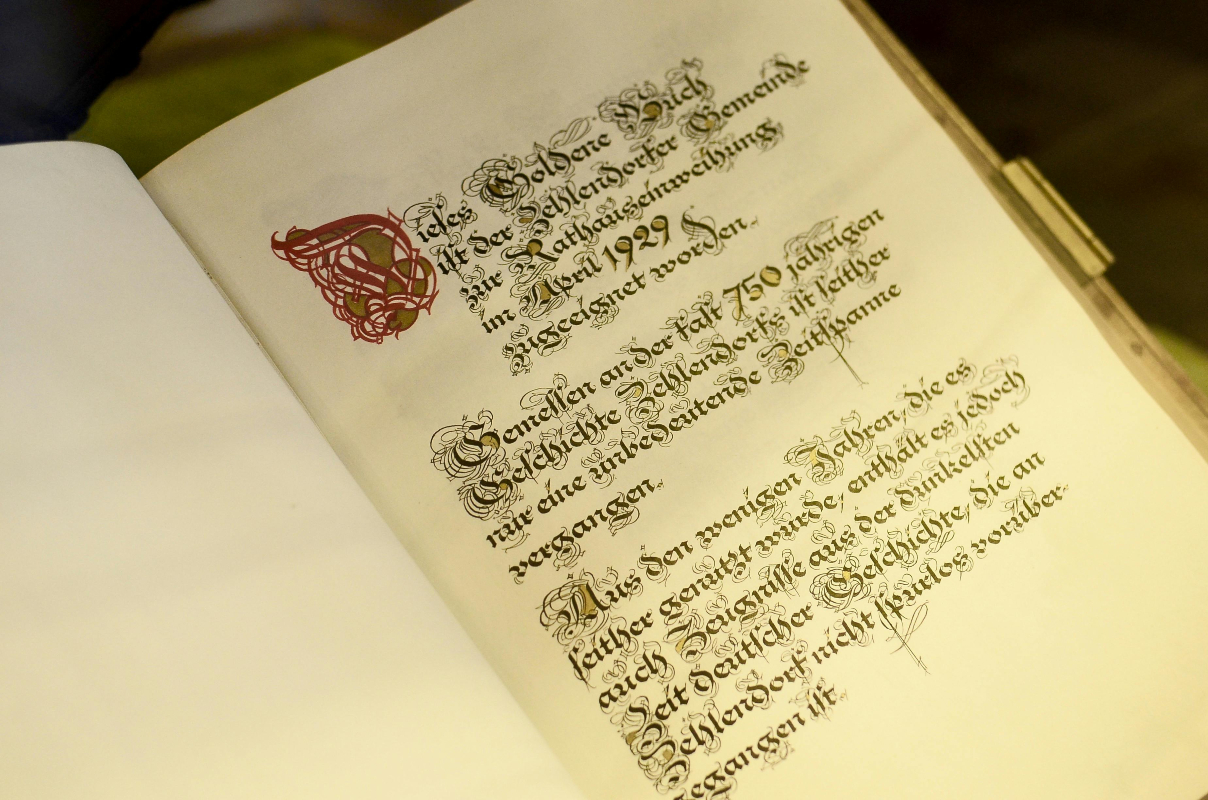After Alexander the Great's conquest of Egypt in 332 BC, Greek became the language of the country's ruling class. The populace resented their Greek overlords because they couldn't communicate with them in their own language or understand their ancient writing system, hieroglyphs. By the time Ptolemy V took power in 205 BC, Egypt was in open rebellion. He commissioned the Rosetta stone as part of a political propaganda campaign in 196 BC to assert his legitimacy as pharaoh. For three thousand years of Egyptian history, the Rosetta Stone has been the key to unlocking the mysteries of the past.
During this historical period, the kingdom of Ptolemy was experiencing both an external conflict as well as an uprising within its own ranks. A council of priests came together to make the decree, and they utilized it as a way to show their devotion to the pharaoh and respect him. On the stele, it was written in hieroglyphics that belonged to the Ptolemaic era and Demotic Egyptian script, and the ancient Greek alphabet. Every temple in Egypt was supposed to have a set of stelae that were identical to one another.






